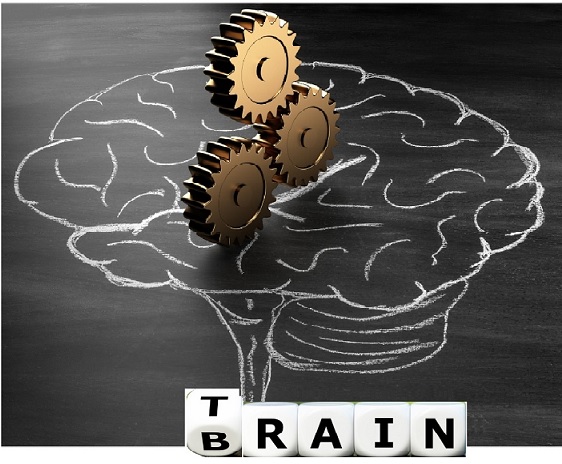
Cognitive Behavioral Therapy (CBT)
CBT Therapy was developed by Aaron Beck, professor of psychiatry at the University of Pennsylvania in 1964. In its simplest form, the cognitive model of therapy hypothesizes that people’s emotions and behaviors are influenced by how they perceive and think about an event or situation. In other words, how people feel about what has happened to them depends on how they interpret the situation.
Therapy CBT is a scientifically tested therapy that has proven to be one of the most effective treatments for many different conditions and mental disorders. CBT therapy is structured, present-oriented and aims to achieve positive changes in the patient in a relatively short time.
The cognitive model plays a key role in CBT therapy and in helping therapists conceptualize and treat their clients’ difficulties. It describes how people’s thoughts and perceptions affect how they feel and behave. CBT is based on the theory that how individuals perceive a situation is more closely related to their response than the situation itself. The perception of individuals is often distorted and unhelpful, especially when they are stressed. The therapy helps people identify their disturbing thoughts and assess how realistic they are and how much they are emotional. Then they learn to change their distorted thinking. Thinking more realistically helps you feel better. The therapy also emphasizes problem solving and initiating behavioral changes.
More information on the Beck Institute website

According to American Psychological Association (APA), the CBT treatment aims to change thinking patterns. “There are different strategies which may include:
- Learning to recognize one’s distortions in thinking that are creating problems, and then to reevaluate them in light of reality.
- Gaining a better understanding of the behavior and motivation of others.
- Using problem-solving skills to cope with difficult situations.
- Learning to develop a greater sense of confidence in one’s own abilities.
CBT treatment also usually involves efforts to change behavioral patterns. These strategies might include:
- Facing one’s fears instead of avoiding them.
- Using role playing to prepare for potentially problematic interactions with others.
- Learning to calm one’s mind and relax one’s body.
Not all CBT will use all of these strategies. The psychologist and patient/client work together, in a collaborative fashion, to develop an understanding of the problem and to develop a treatment strategy.”









